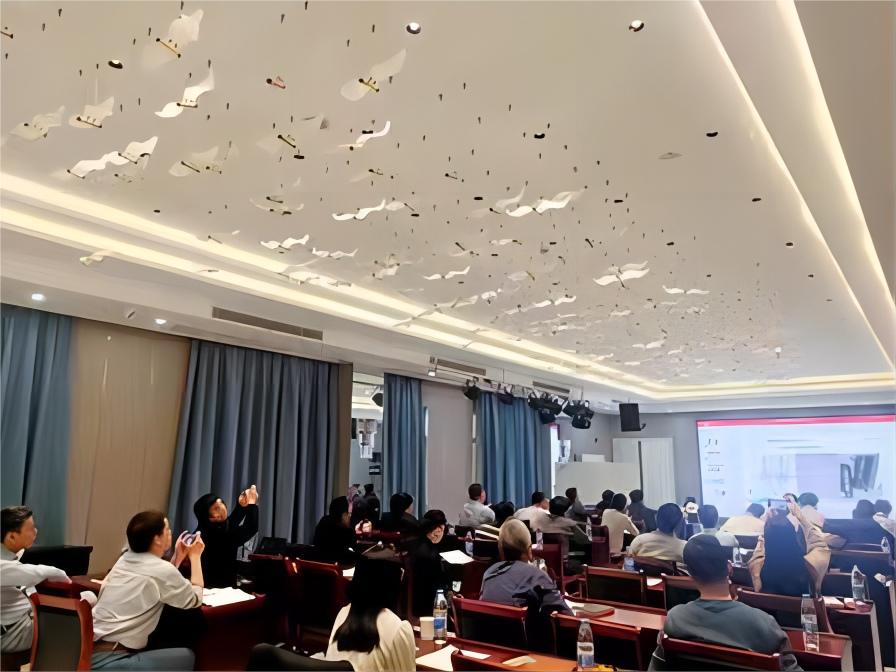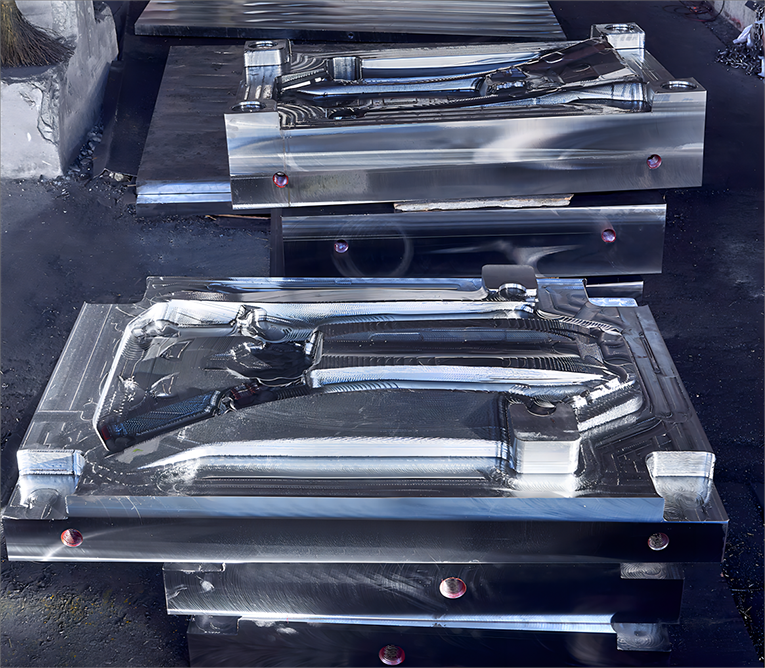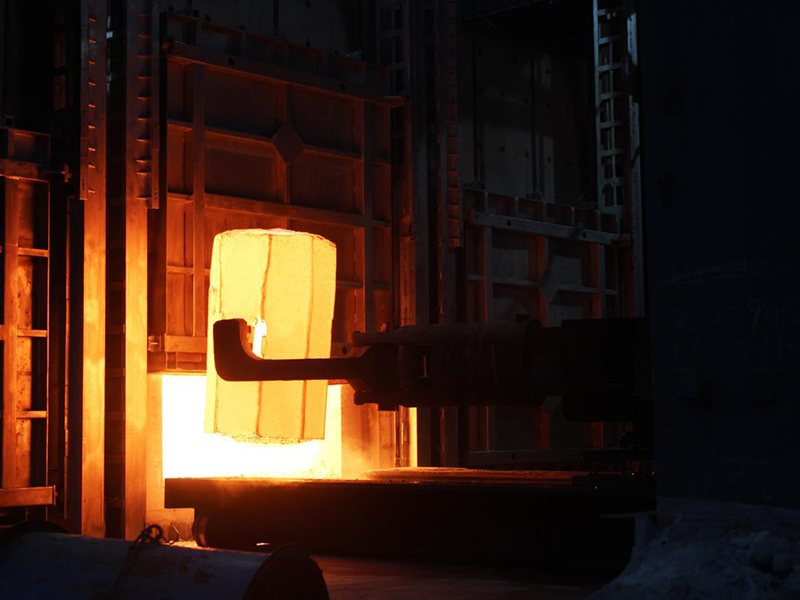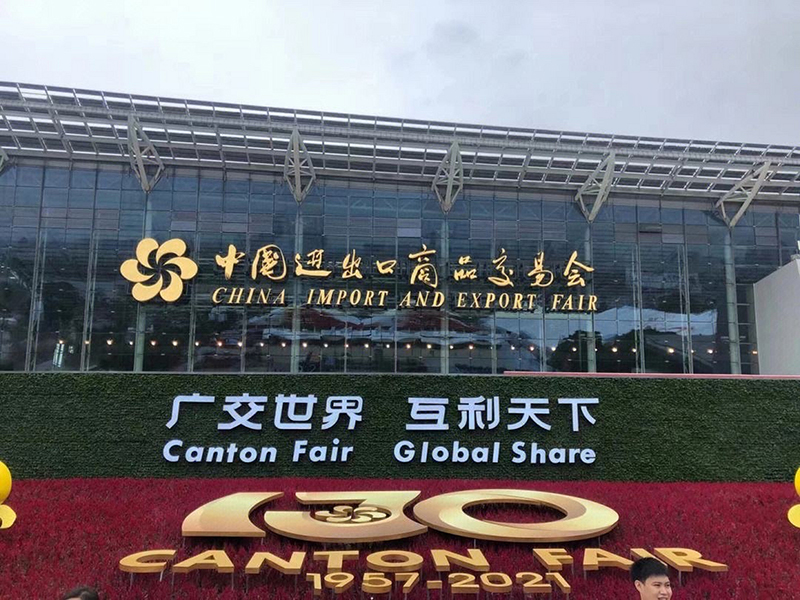What are normalizing, quenching and tempering?
1. normalize
The heat treatment process of heating steel parts above the critical temperature, holding them for a suitable period of time, and then cooling them in still air is called normalizing.

The main purpose of normalizing is to refine the structure, improve the properties of steel, and obtain a structure close to equilibrium.
Compared with the annealing process, the main difference between normalizing and annealing is that the cooling rate of normalizing is slightly faster, so the production cycle of normalizing heat treatment is shorter. Therefore, when annealing and normalizing can both meet the performance requirements of the parts, normalizing should be used as much as possible.
2.Quenching
The heat treatment process of heating steel parts to a certain temperature above the critical point, maintaining it for a certain period of time, and then cooling it in water (oil) at an appropriate speed to obtain a martensite or bainite structure is called quenching.
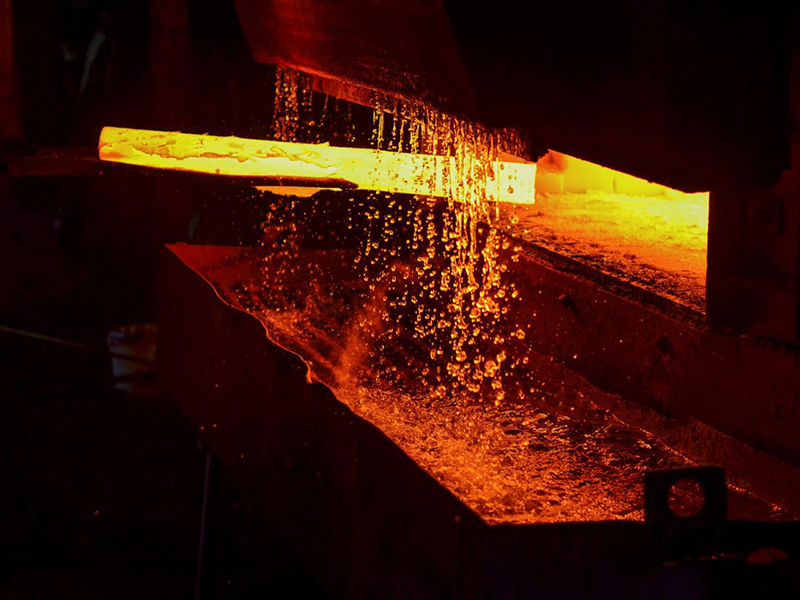
The main process difference between quenching, annealing, and normalizing is the fast cooling rate, which is intended to obtain a martensitic structure. The martensite structure is an unbalanced structure obtained after quenching steel. It has high hardness but poor plasticity and toughness. The hardness of martensite increases with the carbon content of steel.
3.Tempering
After the steel parts are hardened, they are heated to a certain temperature below the critical temperature, kept for a certain period of time, and then cooled to room temperature. The heat treatment process is called tempering.
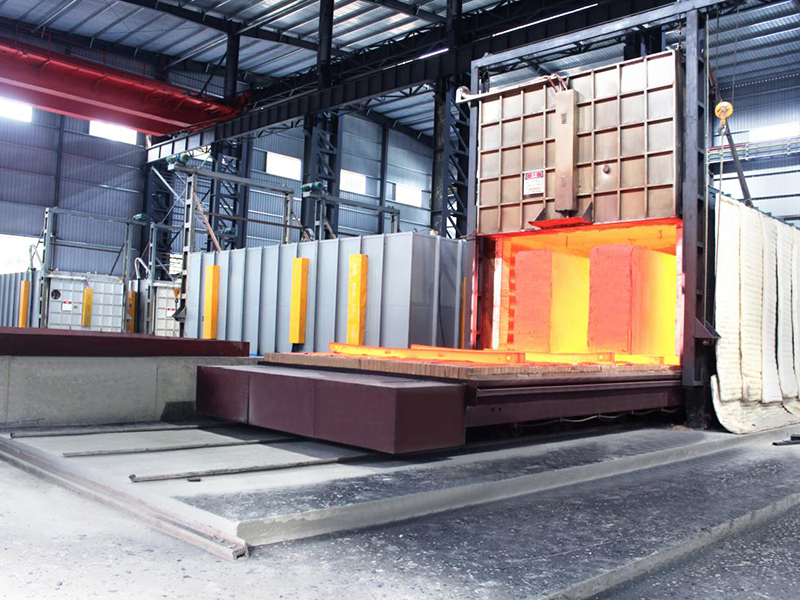
Generally, quenched steel parts cannot be used directly and must be tempered before they can be used. Because quenched steel has high hardness and brittleness, brittle fracture often occurs when used directly. Tempering can eliminate or reduce internal stress, reduce brittleness, and improve toughness; on the other hand, the mechanical properties of quenched steel can be adjusted to achieve the performance of the steel. According to the different tempering temperatures, tempering can be divided into three types: low temperature tempering, medium temperature tempering and high temperature tempering.
A Low temperature tempering 150~250. Reduce internal stress and brittleness, and maintain high hardness and wear resistance after quenching.
B Medium temperature tempering 350~500; improve elasticity and strength.
C High temperature tempering 500~650; tempering of quenched steel parts above 500℃ is called high temperature tempering. After tempering at high temperature, quenched steel parts have good comprehensive mechanical properties (both a certain strength and hardness, and a certain plasticity and toughness). Therefore, generally medium carbon steel and medium carbon alloy steel are often treated with high temperature tempering after quenching. Shaft parts are most widely used.
Quenching + High temperature tempering is called quenching and tempering treatment.


 Phone
Phone Send Email
Send Email


